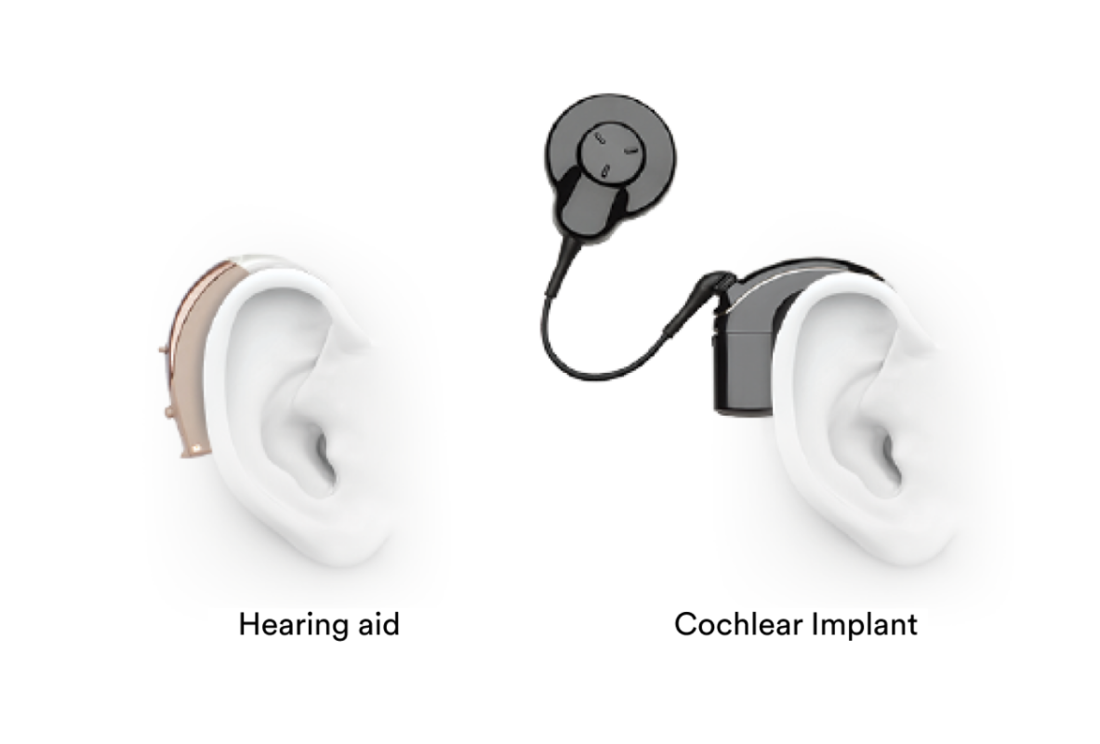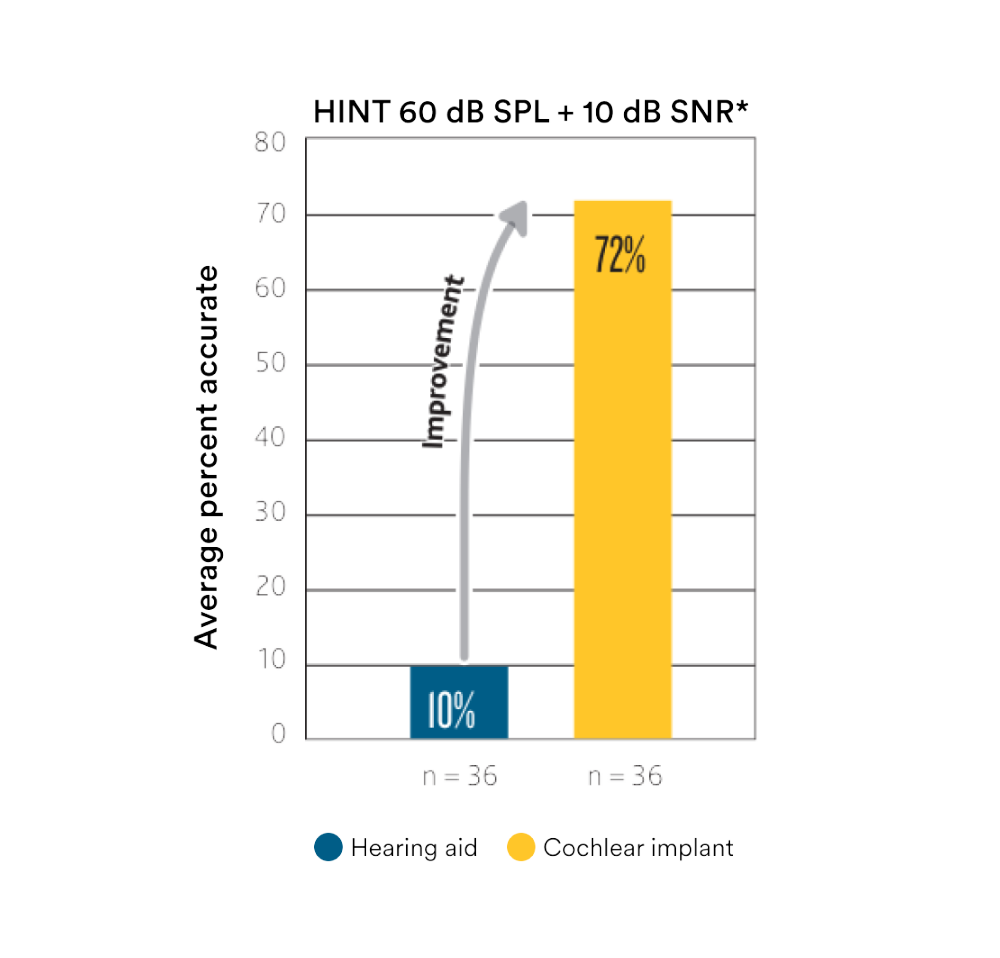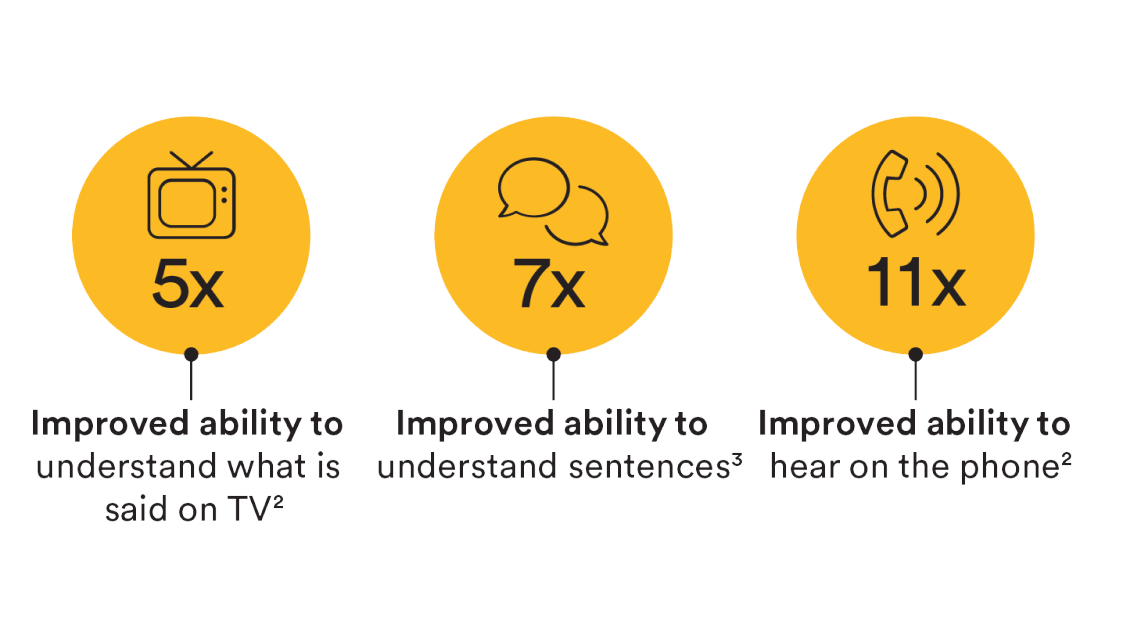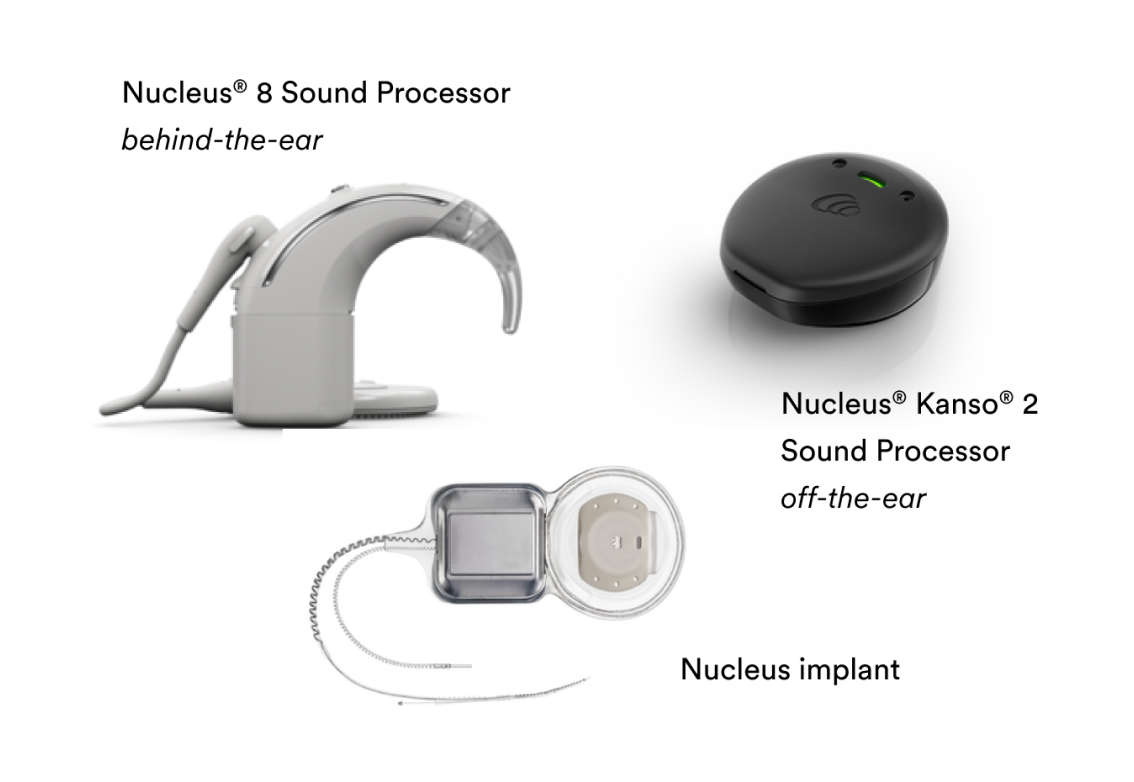Do you qualify for a cochlear implant?
Do you qualify for a cochlear implant?
Cochlear implants work differently than hearing aids. Hearing aids help many people with hearing loss by making sounds louder. However, cochlear implants can be a more effective option for those with more significant hearing loss; specifically moderate to profound hearing loss in adults. For some people, using a hearing aid(s) with a severe to profound hearing loss can be like listening to a loud, badly tuned radio. You may hear parts of what is being said and it may be loud enough, but the words are not clear.
Note: Wearing hearing aids first is a necessary step in the evaluation process for a cochlear implant.
Do you qualify for a cochlear implant?
Cochlear implants work differently than hearing aids. Hearing aids help many people with hearing loss by making sounds louder. However, cochlear implants can be a more effective option for those with more significant hearing loss; specifically moderate to profound hearing loss in adults. For some people, using a hearing aid(s) with a severe to profound hearing loss can be like listening to a loud, badly tuned radio. You may hear parts of what is being said and it may be loud enough, but the words are not clear.
Note: Wearing hearing aids first is a necessary step in the evaluation process for a cochlear implant.
- Private insurance - Covered by most insurance plans*
- Medicaid - Typically covered**
- Medicare - Typically covered†
- Private insurance - Covered by most insurance plans*
- Medicaid - Typically covered**
- Medicare - By law are not covered in traditional Medicare. Coverage may be available in certain Medicare Advantage Plans.
Unlike hearing aids, cochlear hearing implants may be covered by Medicare.† They are also covered by many insurance plans and typically Medicaid.* Contact your insurance company or local Hearing Implant Specialist to determine coverage as well as your estimated out-of-pocket expenses. The cost of a cochlear implant will vary from person to person based on their specific health plan.
Lifestyle and health benefits of Cochlear Implants
Lifestyle and health benefits of Cochlear Implants
Hearing your friends and family in noisy situations is especially difficult for those with hearing loss. You do not need to wait until you lose all your hearing to benefit from a cochlear implant. You can hear better, sooner and experience health benefits with improved hearing outcomes.
In fact, adult cochlear implant users demonstrated a significant improvement in hearing in noise when compared to their hearing aid performance.1
*The Hearing in Noise Test (HINT) measures a person’s ability to hear speech in quiet and at a normal conversational level.
Lifestyle and health benefits of Cochlear Implants
Hearing your friends and family in noisy situations is especially difficult for those with hearing loss. You do not need to wait until you lose all your hearing to benefit from a cochlear implant. You can hear better, sooner and experience health benefits with improved hearing outcomes.
In fact, adult cochlear implant users demonstrated a significant improvement in hearing in noise when compared to their hearing aid performance.1
*The Hearing in Noise Test (HINT) measures a person’s ability to hear speech in quiet and at a normal conversational level.
Cochlear implants can help you connect with the world around you
Cochlear implants can help you connect with the world around you
- Cochlear implants help improve speech understanding, sound clarity and language skills4 and hearing in noise5
- Cochlear implants help improve quality of life5 and employment opportunities6
- Cochlear implants will help you experience less fatigue after long periods of listening7 and experience better sound localizations8
Cochlear implants can help you connect with the world around you
- Cochlear implants help improve speech understanding, sound clarity and language skills4 and hearing in noise5
- Cochlear implants help improve quality of life5 and employment opportunities6
- Cochlear implants will help you experience less fatigue after long periods of listening7 and experience better sound localizations8
How the Cochlear™ Nucleus® Implant System works
How the Cochlear™ Nucleus® Implant System works
Cochlear implants are designed to mimic the function of a healthy inner ear or cochlea. They replace the function of damaged sensory hair cells inside the cochlea to help provide clearer sound than what hearing aids can provide. Damaged or missing sensory hair cells do not regenerate, so this type of hearing loss doesn't improve without treatment.
All our implants are designed with performance and preservation of the cochlear structures in mind.
Our broad range of implants and electrodes allow your surgeon to choose the best one for your level and type of hearing loss, cochlea anatomy and the surgeon’s preference. There are two primary components of the Cochlear™ Nucleus® System: the external sound processor and the implant that is surgically placed underneath the skin attached to the electrode array that is inserted in the cochlea.
How the Cochlear™ Nucleus® Implant System works
Cochlear implants are designed to mimic the function of a healthy inner ear or cochlea. They replace the function of damaged sensory hair cells inside the cochlea to help provide clearer sound than what hearing aids can provide. Damaged or missing sensory hair cells do not regenerate, so this type of hearing loss doesn't improve without treatment.
All our implants are designed with performance and preservation of the cochlear structures in mind.
Our broad range of implants and electrodes allow your surgeon to choose the best one for your level and type of hearing loss, cochlea anatomy and the surgeon’s preference. There are two primary components of the Cochlear™ Nucleus® System: the external sound processor and the implant that is surgically placed underneath the skin attached to the electrode array that is inserted in the cochlea.
Watch the video to see how it works
Watch the video to see how it works
Watch the video to see how it works
Engage with the moments that matter and enjoy the comfort of the world’s smallest and lightest behind-the-ear cochlear implant sound processor.9 Designed to make communicating with people easier, the Nucleus® 8 Sound Processor delivers our latest hearing technology which automatically adjusts to your listening environment.10-13 Ready for next-generation Bluetooth LE Audio technology*, it will make it easy to bring sound to you - in more places and from more devices than ever before.12,14-15
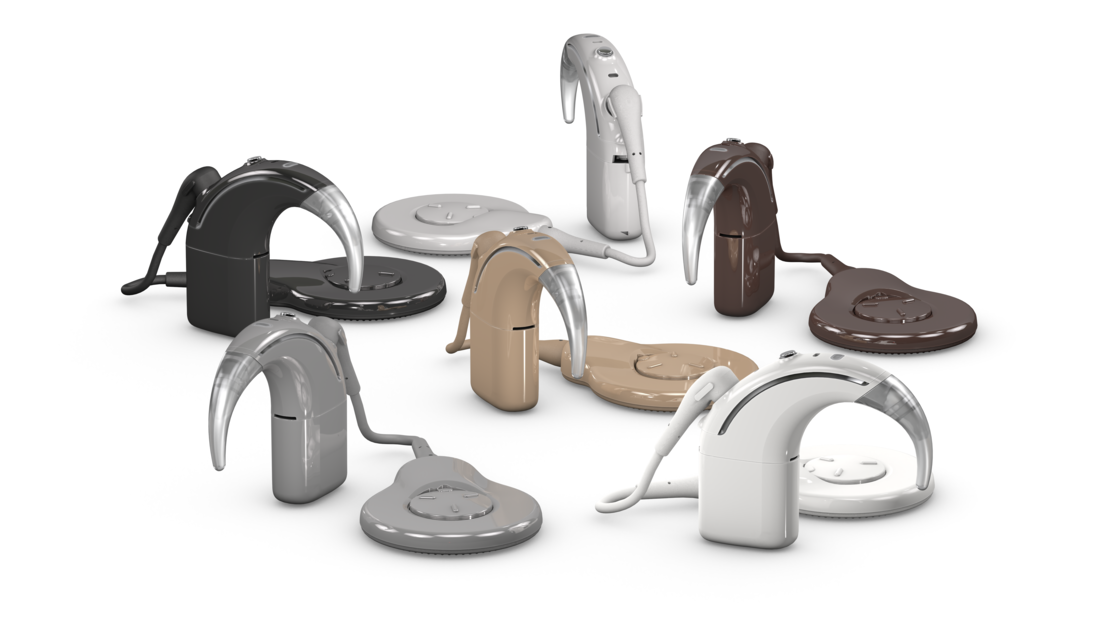
1.
2.
3.
Watch the video to learn more about the Nucleus® 8 Sound Processor
Watch the video to learn more about the Nucleus® 8 Sound Processor
Watch the video to learn more about the Nucleus® 8 Sound Processor
The Kanso® 2 Sound Processor is the smallest and lightest rechargeable off-the-ear solution18 available that has built-in technology offering direct streaming, control and connectivity with a compatible Apple or Android device.* It is designed for simplicity with an auto on/off feature, or you can just tap the sound processor to turn it on and off; no buttons to push.
The Kanso 2 Sound Processor features an innovative, built-in rechargeable battery that provides the convenience of helping you hear your best all day and on the go, while delivering proven hearing performance.19
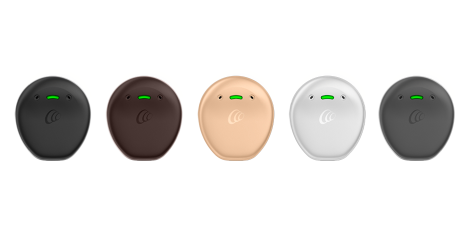
1.
2.
3.
Watch the video to learn more about the Kanso® 2 Sound Processor
Watch the video to learn more about the Kanso® 2 Sound Processor
Watch the video to learn more about the Kanso® 2 Sound Processor
Benefits of bimodal hearing
Benefits of bimodal hearing
Discover more natural hearing20, improved speech understanding21-23 and perception of music24 when you combine the benefits of a hearing aid in one ear and a cochlear implant in the other. Your ears work as a team, so using both ears can help the brain to process and understand sounds better than using just one ear.24
Cochlear™ Sound Processors can be worn with any hearing aid, so no matter what hearing aid you’re using, you’ll get the benefits of hearing with both ears. Delivering a better hearing experience, a bimodal solution can help you locate where sound is coming from, enhance your music appreciation, and enjoy an improved quality of life than with hearing aids alone.26-28
Benefits of bimodal hearing
Discover more natural hearing20, improved speech understanding21-23 and perception of music24 when you combine the benefits of a hearing aid in one ear and a cochlear implant in the other. Your ears work as a team, so using both ears can help the brain to process and understand sounds better than using just one ear.24
Cochlear™ Sound Processors can be worn with any hearing aid, so no matter what hearing aid you’re using, you’ll get the benefits of hearing with both ears. Delivering a better hearing experience, a bimodal solution can help you locate where sound is coming from, enhance your music appreciation, and enjoy an improved quality of life than with hearing aids alone.26-28
Lifestyle and health benefits of Cochlear Implants
Lifestyle and health benefits of Cochlear Implants
Hearing your friends and family in noisy situations is especially difficult for those with hearing loss. You do not need to wait until you lose all your hearing to benefit from a cochlear implant. You can hear better, sooner and experience health benefits with improved hearing outcomes.
In fact, adult cochlear implant users demonstrated a significant improvement in hearing in noise when compared to their hearing aid performance.1
*The Hearing in Noise Test (HINT) measures a person’s ability to hear speech in quiet and at a normal conversational level.
Lifestyle and health benefits of Cochlear Implants
Hearing your friends and family in noisy situations is especially difficult for those with hearing loss. You do not need to wait until you lose all your hearing to benefit from a cochlear implant. You can hear better, sooner and experience health benefits with improved hearing outcomes.
In fact, adult cochlear implant users demonstrated a significant improvement in hearing in noise when compared to their hearing aid performance.1
*The Hearing in Noise Test (HINT) measures a person’s ability to hear speech in quiet and at a normal conversational level.
